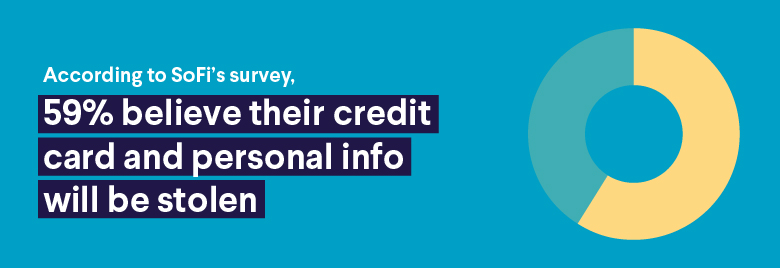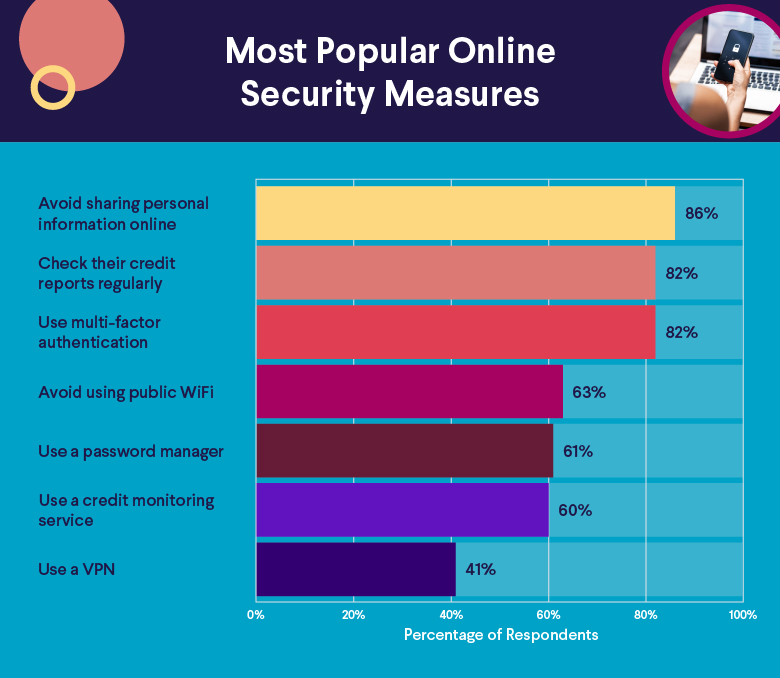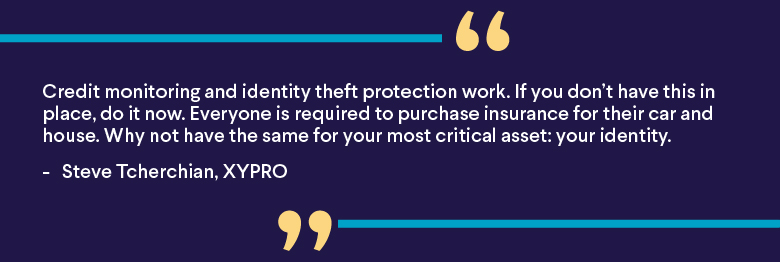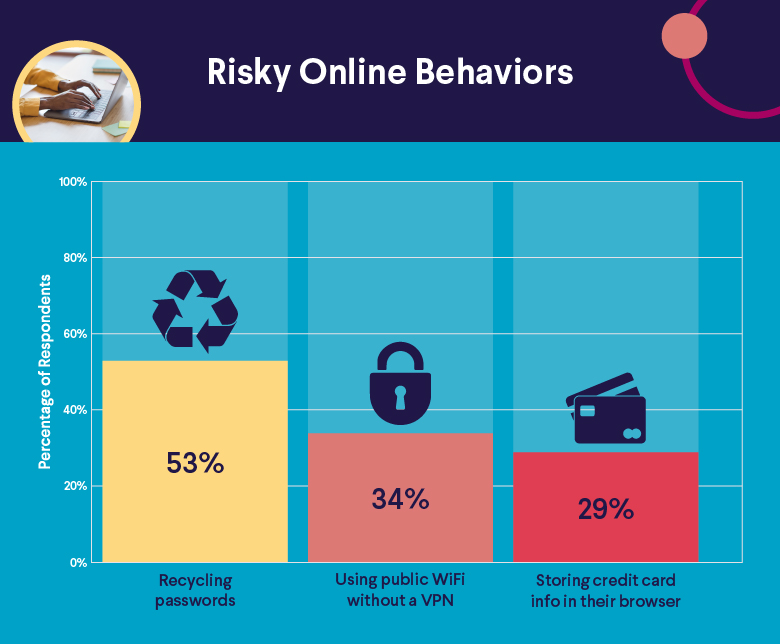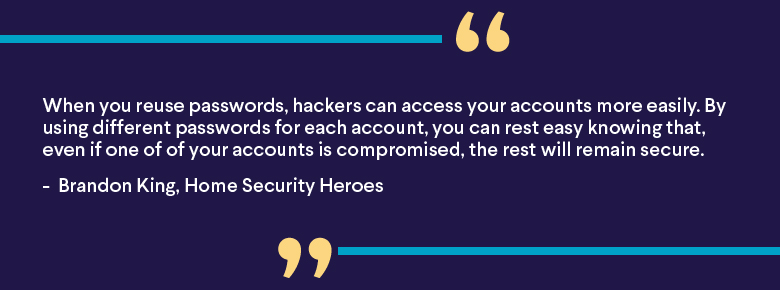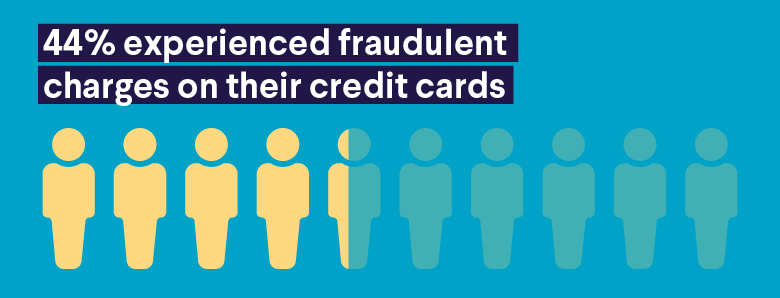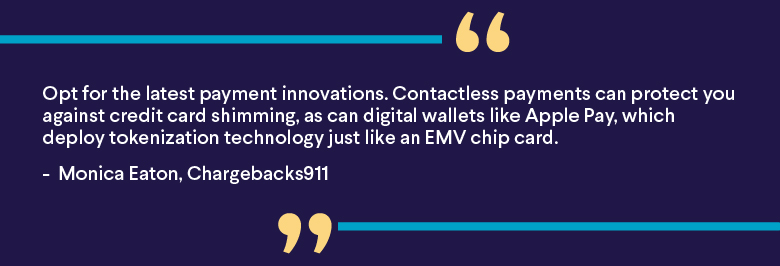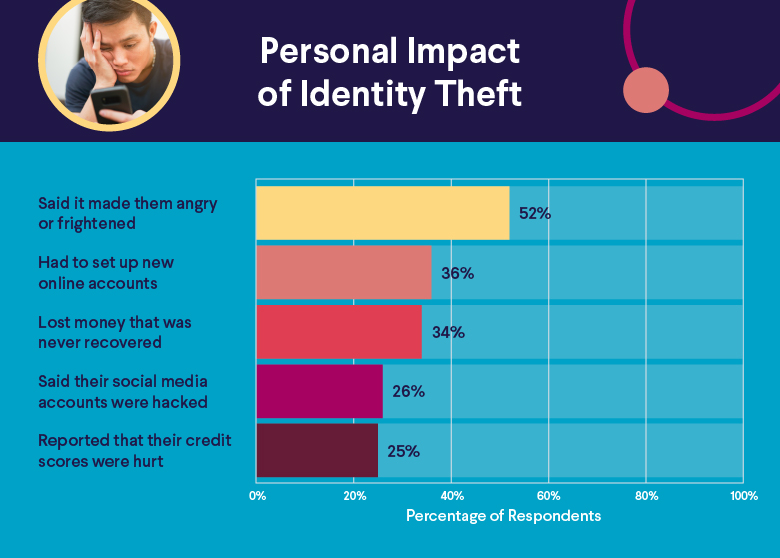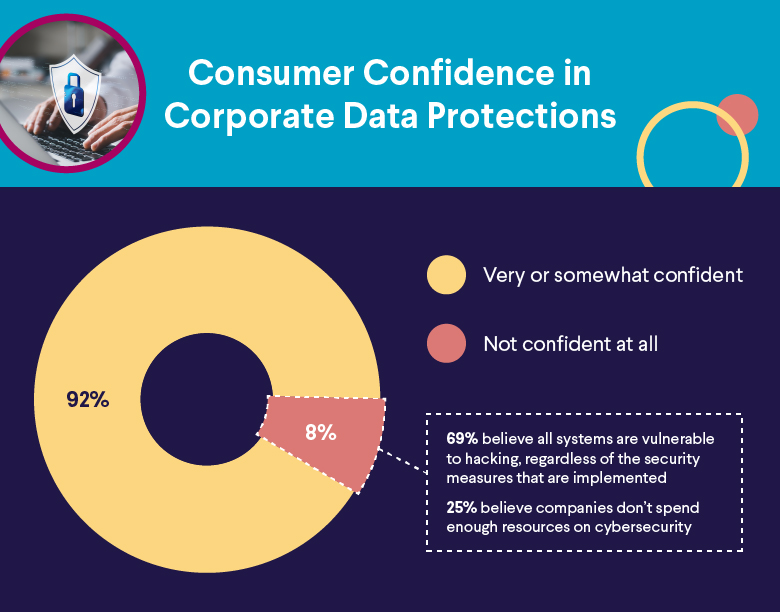Home Tax Deductions and Tax Breaks for Homeowners
Buying a home can bring some changes to your financial situation and how you manage your budget. But how does buying a house affect taxes, specifically? The short answer is that owning a home can yield some tax breaks if you’re able to deduct mortgage points, mortgage interest, property taxes, and other expenses.
How much of a tax benefit you can get from owning a home can depend on a number of variables. If you’re gearing up to buy a home, it’s helpful to know what might change when it’s time to file your tax return.
What Are Home Tax Deductions?
Home tax deductions are amounts that you can write off when filing a tax return. The Internal Revenue Code defines the types of tax breaks for homeowners and what they’re worth.
Tax deductions reduce the amount of your income that’s subject to tax. They’re different from tax credits, which reduce what you owe in taxes on a dollar for dollar basis. Deductions can be standard or itemized.
• Standard deductions allow you to write off a flat dollar amount, based on your filing status.
• Itemized deductions allow you to write off individual expenses, based on their actual amount.
If you’re interested in deducting home-related expenses, then you’ll need to itemize them on Schedule A when filing Form 1040.
💡 Quick Tip: SoFi’s Lock and Look + feature allows you to lock in a low mortgage financing rate for 90 days while you search for the perfect place to call home.
How Tax Deductions Work
Tax deductions work by reducing your taxable income, which can in turn reduce your tax liability. Your tax liability represents the amount you owe in federal taxes and in state taxes if you live in a state that assesses income tax.
When you claim a deduction, that amount is removed from the amount of income that is subject to tax. Deductions are valuable since reducing your taxable income could help you to move into a lower tax bracket. Your tax bracket determines which tax rate you’re subject to. There are seven tax brackets ranging from 10% at the lowest end to 37% at the highest.
Again, you can claim a standard deduction if you don’t have any expenses to itemize. The amount of the deduction depends on your filing status. Here are the standard deduction limits for 2023.
• $13,850 for single filers and married couples who file separately
• $20,800 for heads of household
• $27,700 for married couples filing jointly
Whether it makes sense to itemize vs. claiming the standard deduction can depend on the amount of expenses you’re eligible to write off.
First-time homebuyers can
prequalify for a SoFi mortgage loan,
with as little as 3% down.
Pros and Cons of Home Tax Deductions
Claiming home tax deductions, or any type of deduction for that matter, can offer advantages and disadvantages. How does buying a house affect taxes in a positive way? The simplest answer is that it can help to reduce your overall tax liability.
Owing less in taxes or even getting a larger refund means that you have more money to put toward other financial goals. The drawback is that itemizing deductions can be a little more time-consuming as you have to list out individual expenses and amounts on your tax return.
It’s also possible that claiming home deductions won’t lead to a bigger tax break than taking the standard deduction. Comparing the numbers can help you to decide which option makes the most sense.
Types of Homeowner Tax Deductions and Credits
There are multiple tax breaks for homeowners that you could claim as a first-time homebuyer or repeat homeowner to put more cash back in your pocket. It may be helpful to talk to a financial advisor or tax professional to better understand which ones you might be able to claim.
It’s also important to note that some tax breaks, such as the first-time homebuyer credit, originally from 2008, have expired.
Property Tax
Property taxes and real estate taxes paid to state and local government entities are deductible for homeowners. The limit for state and local tax deductions is $10,000 as of 2023. If you’re married and file separate returns, the deduction is capped at $5,000.
How much value you get from this deduction can depend on where you live. If you look at the cost of living by state, it’s easy to see that property taxes are higher in some areas than others. When you compare the cost of living in California, for example, to the cost of living in New Jersey, residents of the Garden State pay substantially more in property taxes.
Are property taxes included in mortgage payments? They can be, if your lender requires you to escrow property taxes and homeowner’s insurance into your payments. If you escrow those amounts, part of the money you pay to the lender each month will go to separate accounts to cover those expenses once they come due each year.
Points
Mortgage points allow you to “buy down” your interest rate at the time your home loan originates. Paying points can help you get a lower rate and potentially lower your monthly payments. In exchange, you pay your mortgage lender an upfront fee.
Mortgage points are deductible but there are some rules to know:
• You must live in the home that secures the loan.
• Paying points must be an established business practice in your area.
• Points paid can’t exceed an amount that’s commonly charged in your area.
• You must use the cash method of accounting for reporting income.
• Points paid must come out of your funds, not funds borrowed from your lender.
• Any points paid cannot be applied toward other costs typically included at settlement, such as appraisal fees or attorney’s fees.
• Points must be computed as a percentage of the mortgage principal.
You can deduct points in full in the year you paid them if those conditions are met. Otherwise, you can deduct points over the life of the loan.
Mortgage Interest
Interest on home mortgage loans is also tax-deductible. You can claim the mortgage interest deduction if you paid interest on a home loan at some point during the year. The IRS determines how much mortgage interest you can deduct.
• Homeowners can deduct up to $1 million in mortgage interest (or $500,000 if married filing separately) for homes purchased before December 16, 2017.
• Mortgage interest is deductible up to $750,000 (or $375,000 if married filing separately) for homes purchased after December 16, 2017.
The new, lower limit was imposed under the 2017 Tax Cuts and Jobs Act (TCJA). Beginning in 2026, the higher limit will resume, barring any changes to the federal tax code.
Private Mortgage Insurance
Lenders may require you to pay private mortgage insurance (PMI) when purchasing a home with less than 20% down. Mortgage insurance premiums (MIPs) are required for FHA loans.
As of 2022, the IRS does not allow you to claim a deduction for PMI or MIPs.
Mortgage Credit Certificate
If you’re issued a Mortgage Credit Certificate (MCC) by a state or local government program, you may be able to use it to get a tax break. This is a tax credit, not a deduction, that’s offered to lower-income homebuyers in order to help make home ownership more affordable. If you have an MCC, you can use IRS Form 8396 to figure out how much credit you can claim for the current tax year and what you might be able to carry forward for future tax years.
Renewable Energy
The IRS offers tax credits for homeowners who make energy-efficient improvements to their homes. For 2023, homeowners may qualify for a credit of up to $3,200 for eligible expenditures, including:
• Energy-efficient doors or windows
• Insulation and sealing material
• Natural gas, propane, or oil water heaters, boilers, and furnaces
• Heat pumps
• Biomass stoves
• Home energy audits
Residential clean energy credits are also available for homeowners who install solar panels, solar water heaters, wind turbines, geothermal heat pumps, and fuel cells.
Home Office
If you use part of your home for business purposes, you may be able to claim another homeowner tax deduction in the form of the home office deduction. There are two ways to claim a deduction for home office expenses:
• Simplified option. This method allows you to deduct $5 per square foot, up to 300 feet, for the part of your home that you use as an office.
• Regular method. The regular method figures your deduction based on your actual costs.
If you’re claiming this deduction along with other business deductions, you’d include them on Schedule C with your tax return.
Home Equity Debt
Home equity loan interest is tax deductible if the loan is used exclusively to buy, build, or substantially improve the home that secures the loan. If you use a home equity loan for any other purpose, such as debt consolidation or paying college expenses, the interest is not deductible. That rule remains in effect through 2025, whereupon the previous rules will revert.
💡 Quick Tip: One answer to rising house prices is a jumbo loan. Apply for a jumbo loan online with SoFi, and you could finance up to $2.5 million with as little as 10% down. Get preapproved and you’ll be prepared to compete in a hot market.
Tips on Home Tax Deductions
If you’re considering claiming deductions for home expenses or any other expenses, it’s wise to keep good records. While the odds of being audited by the IRS are rare, they’re not zero so it’s smart to have receipts, official tax forms, or other documentation to back up the deductions you’ve claimed.
Also, keep in mind that some expenses are not deductible for homeowners. The kinds of things you can’t deduct include:
• Mortgage principal payments
• Depreciation
• Utilities
• Down payments
• Homeowner’s insurance premiums
• HOA fees and condo fees
• Maintenance and upkeep
There are exceptions for some of these expenses if you own a home that you rent out as an investment property. For instance, you can deduct depreciation and HOA fees, maintenance, and repair costs. However, if you’re deducting expenses for a home you use as a primary residence, you can’t write those costs off.
Those are all things to budget for after buying a home, since some home ownership costs are rolled into the mortgage while others are not. A high yield savings account is a secure place to keep money for home expenses while earning a competitive interest rate.
What happens if you’re buying a house from family? If you’re going through a lender to get a mortgage and complete the purchase, then the fact that you’re buying from people you know shouldn’t affect your ability to claim tax deductions or credits. However, you may want to talk to a tax professional about claiming tax breaks if you’re working out a private financing arrangement with a relative.
The Takeaway
Buying a home may be at the top of your financial goals list and the more prepared you are going in, the better. Understanding how buying a house can affect taxes is important when shaping your budget, both before and after the purchase.
Looking for an affordable option for a home mortgage loan? SoFi can help: We offer low down payments (as little as 3% - 5%*) with our competitive and flexible home mortgage loans. Plus, applying is extra convenient: It's online, with access to one-on-one help.
FAQ
Is your tax return bigger when you buy a house?
Whether you get a bigger tax return after buying a home can depend on your overall tax situation, including how much you earned, how much you deduct, and what credits you might be eligible to claim. Buying a home could help to increase your refund if you’re able to deduct expenses from your taxable income, though that’s not guaranteed.
How much money do you get back on taxes for mortgage interest?
The amount of money you get back on taxes when deducting mortgage interest can depend on your total income, deductions, and credits. You can use an online tax calculator to estimate your refund based on how much interest you’re able to deduct, any other deductions you might be eligible for, and what tax credits you claim.
Does having a mortgage help with taxes?
Having a mortgage can help with taxes. Some of the tax benefits you might be able to unlock as a homeowner include deductions for mortgage interest and property taxes, as well as credits for making energy-efficient improvements. You may also be able to deduct home-related expenses or claim tax credits for homeowners.
Photo credit: iStock/Hispanolistic
SoFi Loan Products
SoFi loans are originated by SoFi Bank, N.A., NMLS #696891 (Member FDIC). For additional product-specific legal and licensing information, see SoFi.com/legal. Equal Housing Lender.
SoFi Mortgages
Terms, conditions, and state restrictions apply. Not all products are available in all states. See SoFi.com/eligibility-criteria for more information.
*SoFi requires Private Mortgage Insurance (PMI) for conforming home loans with a loan-to-value (LTV) ratio greater than 80%. As little as 3% down payments are for qualifying first-time homebuyers only. 5% minimum applies to other borrowers. Other loan types may require different fees or insurance (e.g., VA funding fee, FHA Mortgage Insurance Premiums, etc.). Loan requirements may vary depending on your down payment amount, and minimum down payment varies by loan type.
+Lock and Look program: Terms and conditions apply. Applies to conventional purchase loans only. Rate will lock for 91 calendar days at the time of preapproval. An executed purchase contract is required within 60 days of your initial rate lock. If current market pricing improves by 0.25 percentage points or more from the original locked rate, you may request your loan officer to review your loan application to determine if you qualify for a one-time float down. SoFi reserves the right to change or terminate this offer at any time with or without notice to you.
Financial Tips & Strategies: The tips provided on this website are of a general nature and do not take into account your specific objectives, financial situation, and needs. You should always consider their appropriateness given your own circumstances.
Tax Information: This article provides general background information only and is not intended to serve as legal or tax advice or as a substitute for legal counsel. You should consult your own attorney and/or tax advisor if you have a question requiring legal or tax advice.
SOHL0523009
Read more



